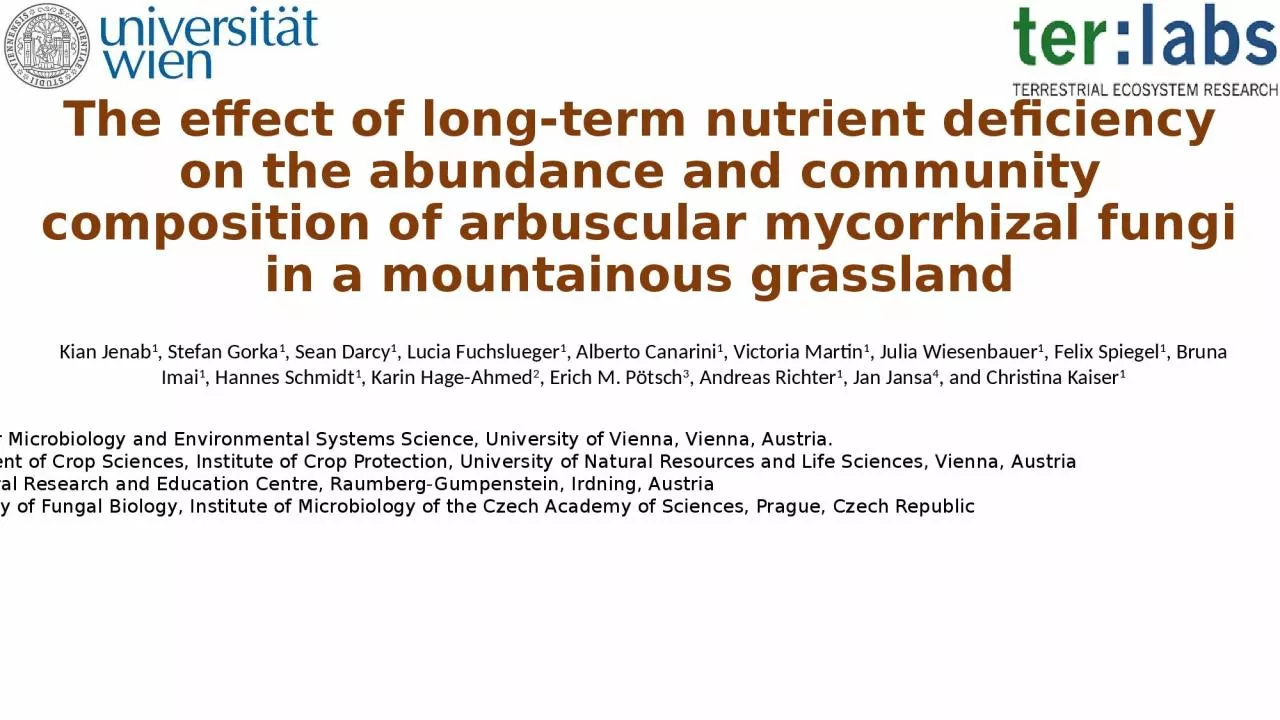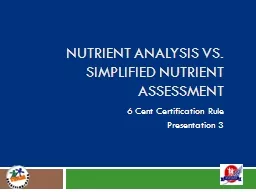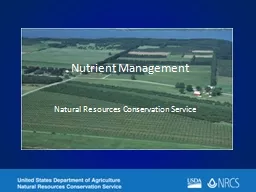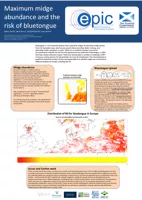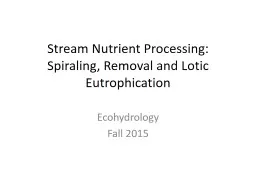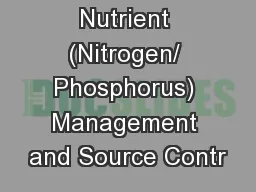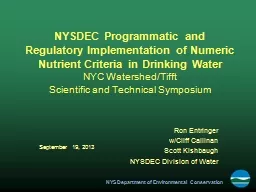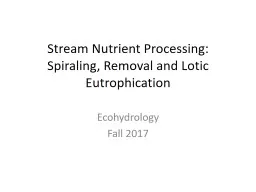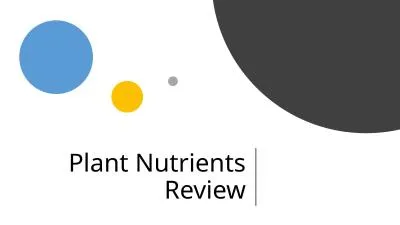PPT-The effect of long-term nutrient deficiency on the abundance and
Author : LuckyLadybug | Published Date : 2022-08-03
community composition of arbuscular mycorrhizal fungi in a mountainous grassland K ian Jenab Stefan Gorka Sean Darcy Lucia Fuchslueger Alberto Canarini Victoria
Presentation Embed Code
Download Presentation
Download Presentation The PPT/PDF document "The effect of long-term nutrient deficie..." is the property of its rightful owner. Permission is granted to download and print the materials on this website for personal, non-commercial use only, and to display it on your personal computer provided you do not modify the materials and that you retain all copyright notices contained in the materials. By downloading content from our website, you accept the terms of this agreement.
The effect of long-term nutrient deficiency on the abundance and: Transcript
Download Rules Of Document
"The effect of long-term nutrient deficiency on the abundance and"The content belongs to its owner. You may download and print it for personal use, without modification, and keep all copyright notices. By downloading, you agree to these terms.
Related Documents

